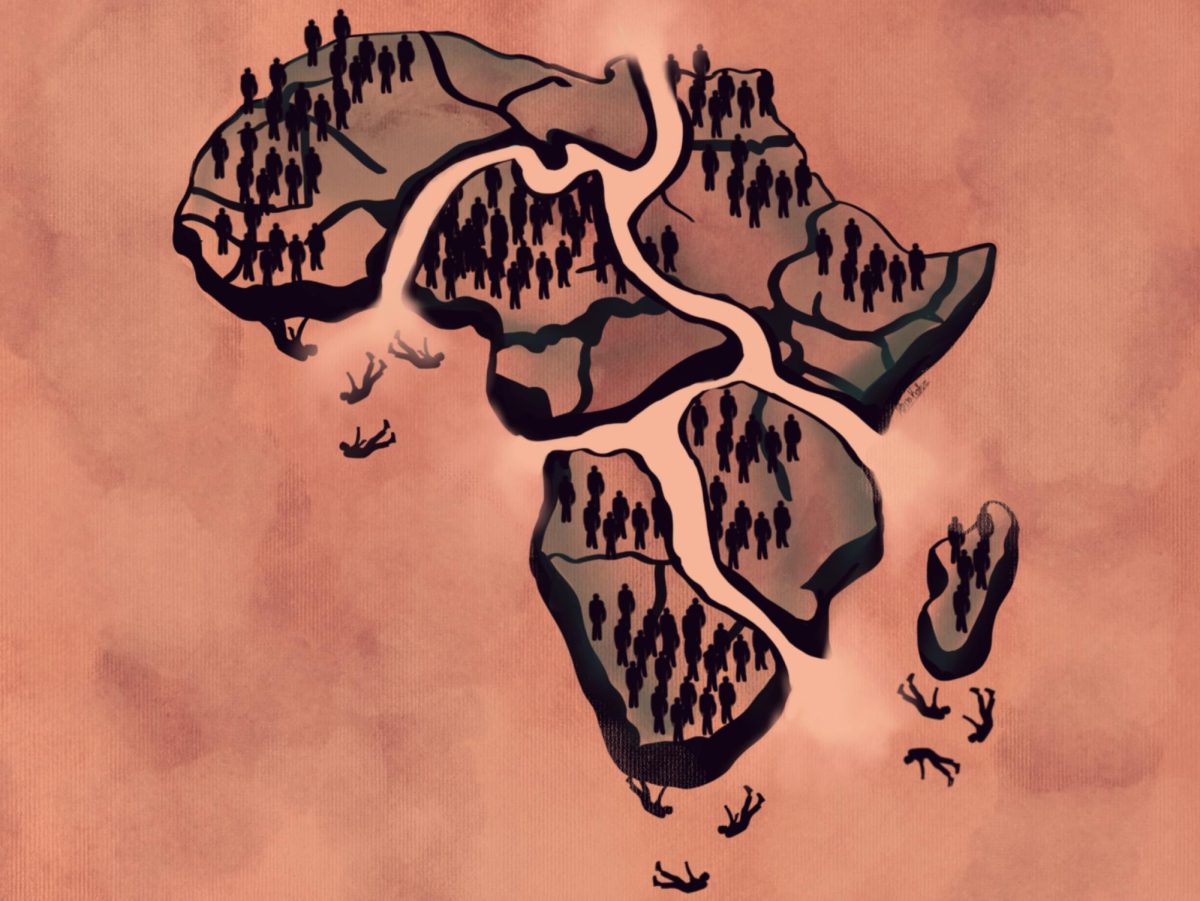Drought affects major countries
October 26, 2013
The lack of water is becoming an issue in major countries across the world. In America, the Colorado River is rapidly declining due to a major record breaking drought. Because of this, the Hoover Dam’s power supply is ever slowly decreasing and is gradually becoming an issue for the welfare of the dam and its power supply.
Evidence of this drought has effected America for years, even though many have not been aware of or affected by it. Most states in the south such as Texas, Florida and Nevada have been effected, making it more difficult to grow crops and deal with the scorching heat causing it in the first place.
“This is the most extreme drought since measurements began in the early 1900s,” says Jack Schmidt, the current Chief of the U.S. Geological Survey’s Grand Canyon Monitoring and Research Center.
Although, the dam is designed to work at more or equal efficiency at times of a dry spell. The dam has a total of about seventeen turbines, but recently installed, the dam now contains four wide-head turbines, soon to be five by next year. These are designed to cope with the drought and hopefully help keep our power sustainable through this water epidemic.
In China, they face a similar problem with their water supply. Not only are they affected by habitat destruction, food poisoning and the well-known smog pollutant, but now they are faced with a drought. An average Chinese citizen consumes 400 cubic meters, a fourth of the amount of water of an American citizen, yet they still have a water epidemic.
Overuse of the rivers create a problem. The people of China primarily use them for fishing and sailing, but this creates pollutants and even further problems for the water they have left. Four-fifths of the water they have currently reside in the southern regions of China, just below the Yangtze River Basin. Nearly most of the farmland and people are up north.
China only recycles 40% of the water they use in their industries, which is half as much then Europe. For a country that supports so much in manufacturing and agriculture, it loses 20% of all of its water just through leaky pipes, and only supports its population with roughly 7% of its water due to pollution. Because of this, China has lost much of its land to desertification because of the lack of moisture and water, especially near the capital of Beijing, and is estimated by a Chinese official to take at least 300 years to repair.
“People can’t survive in a desert,” says Wang Shucheng, a former water minister. “To fight for every drop of water or die: that is the challenge facing China.”
So not only is China polluting water, but also wasting it as well. Regional sustainability would eventually decline, due to the elimination of proposals of energy, such as dams and other sources of hydro-electric power. For some countries, they learn to cope with the drought, but for others, it creates the foundation for a more unhealthy future.








